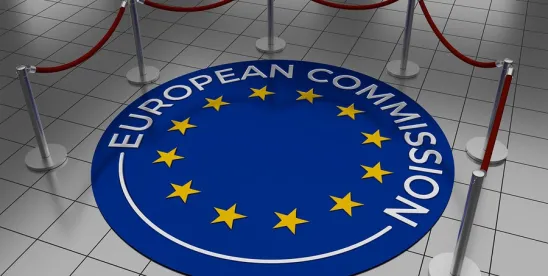In a ruling on 1 September 2016, the EU General Court invalidated a ruling of the European Union Intellectual Property Office (EUIPO) Board of Appeal in a case begun by a submission for the registration of a trademark showing an animal from the cat family leaping. The applicant was the Italian company Gemma Group Srl with its registered office in Cesarola Ausa. An objection was lodged by Puma SE with its registered office in Herzogenaurach, Germany.
The applicant submitted the following graphic mark for registration:

for machines for processing wood, aluminum, and PCV.
The plaintiff based its argumentation on two earlier international trademarks:


Those marks were registered for numerous types of goods in general use, including bags, clothing, accessories, footwear, toys, and sports equipment.
In addition, Puma SE raised the argument of the renown of its marks in all EU member states and for all goods covered by the registration. The objection was based mainly on the renown of those marks. In accordance with Article 8 paragraph 5 of Regulation No. 207/2009, a trademark similar to an earlier renowned mark is not registered if the unjustified use of that mark would result in undue benefits being reaped, or would harm the distinctiveness or renown of the earlier mark.
The objection was dismissed by the Objections Department, whose ruling was later upheld by the EUIPO Board of Appeal. It should be added that certain pieces of the plaintiff’s evidence was submitted in languages other than the language of the proceedings, and was therefore not admitted by the Objections Department. The plaintiff also submitted rulings confirming the renown of the marks by the industrial property authorities of a number of countries, but the Board of Appeal found that rulings that constitute official assessments of evidence cannot fully replace the evidence itself. The plaintiff also referred to a number of EUIPO decisions upholding the renown of the marks, pointing to established case law. Still, the Board of Appeal did not confirm the renown of the marks, and reached the conclusion that this was not necessary. In the EUIPO’s opinion, even if the marks were deemed as enjoying renown, the conditions of Article 8 paragraph 5 would not be fulfilled.
The complaint to the EU General Court was based on an infringement of the principle of certainty concerning the law and good administration, and on an infringement of Article 8 paragraph 5 of Regulation No. 207/2009. The complaint stated that, in other registration cases pending before the EUIPO, the same documentation was deemed sufficient for ascertaining and confirming the renown of the marks in question.
The General Court did not agree with the first claim made in the complaint, and referred to the refusal to accept documents drawn up in languages other than the language of the proceedings. The Court found that, even if such documents had been accepted in other proceedings, this had been an infringement of the law having no bearing on the assessment of the situation in the current case. However, the Court ruled differently in respect of the lack of confirmation of renown. It found that, if the EUIPO wishes to depart from existing practice in how it makes rulings, it must state the reasons why a factual determination of renown is no longer significant. The Court noted that the official rulings in industrial property cases invoked by the plaintiff contain numerous facts referring to renown, and these cannot be totally ignored in the decision-making process. The most important conclusion of the ruling is the view that the conditions provided in Article 8 paragraph 5 are not fully autonomous when establishing or confirming the renown of earlier marks; of particular importance is the degree of intensity of that renown. Intensity is of fundamental significance when evaluating the harm referred to in that provision, in the context of the connection between marks, which is significant to an evaluation of the other conditions of Article 8 paragraph 5. For this reason, the Court invalidated the decision of the EUIPO Board of Appeal.
Source: www.curia.europa.eu



 />i
/>i

